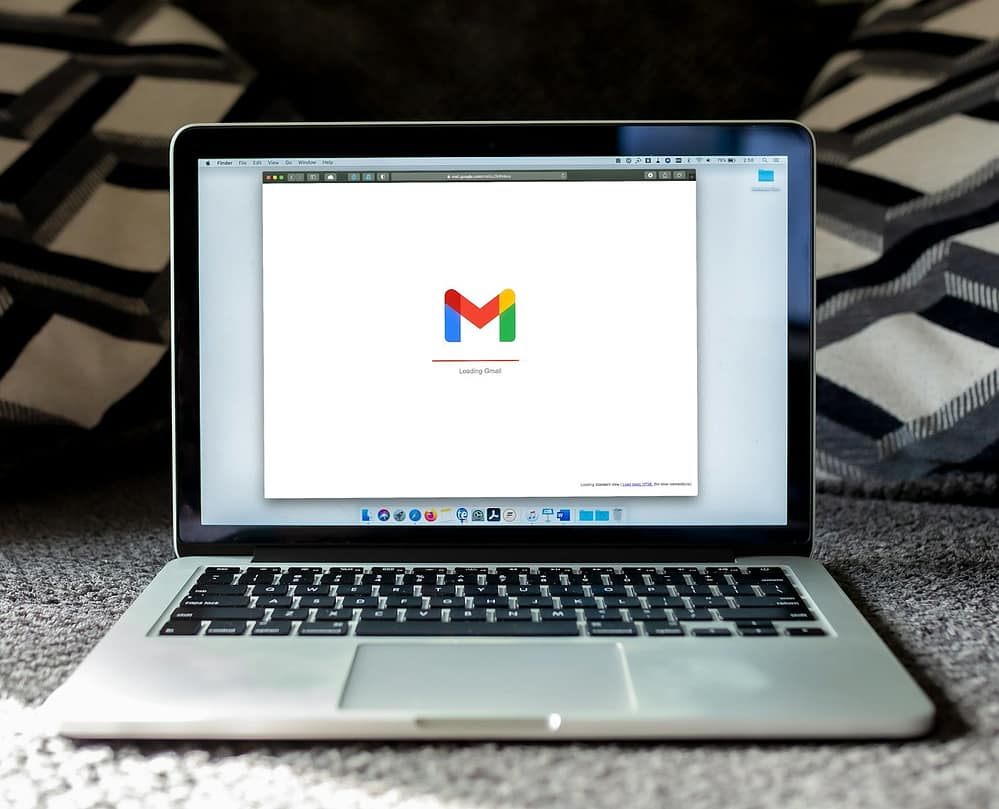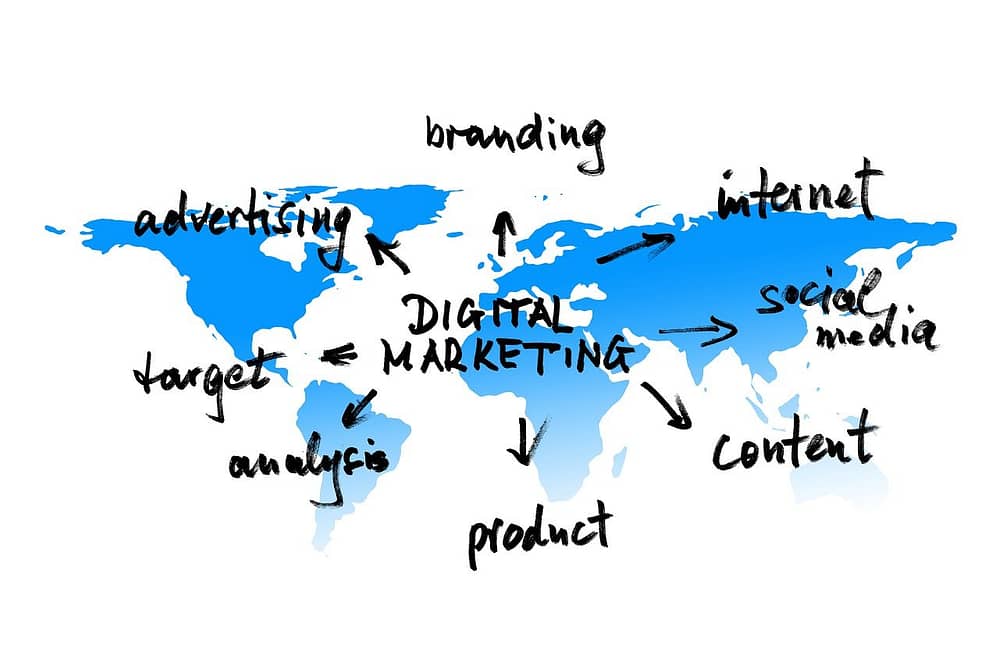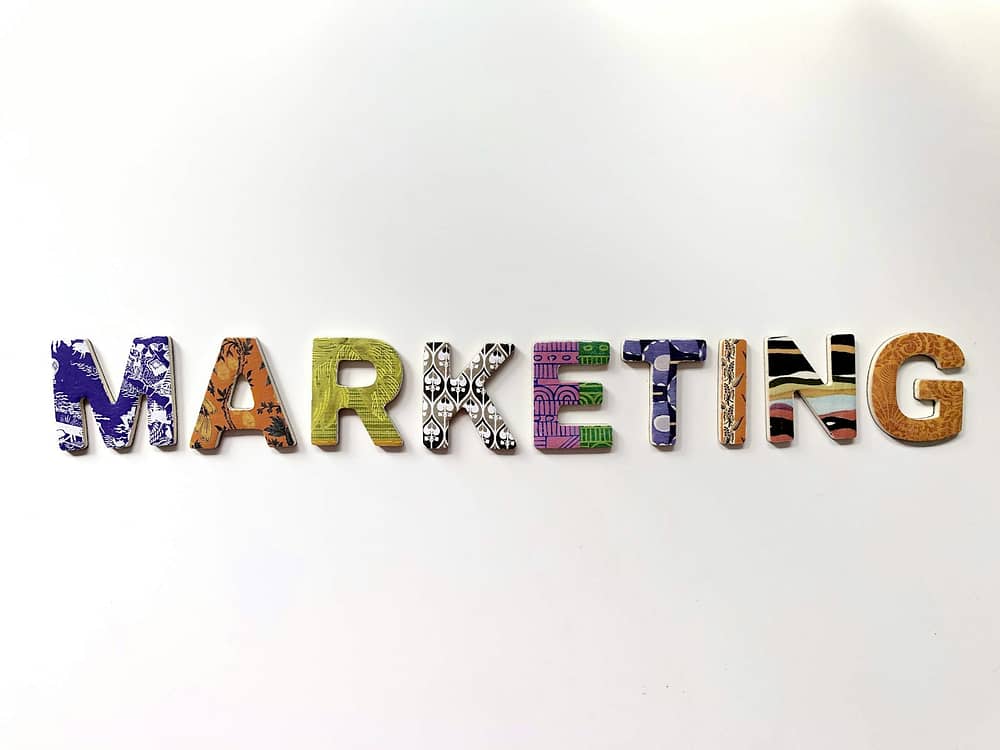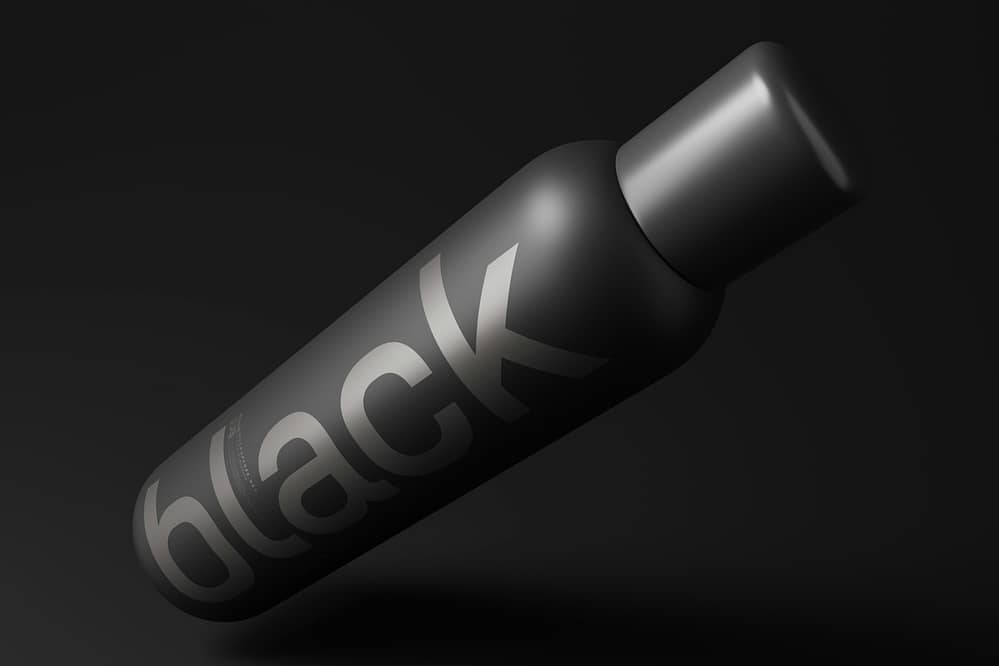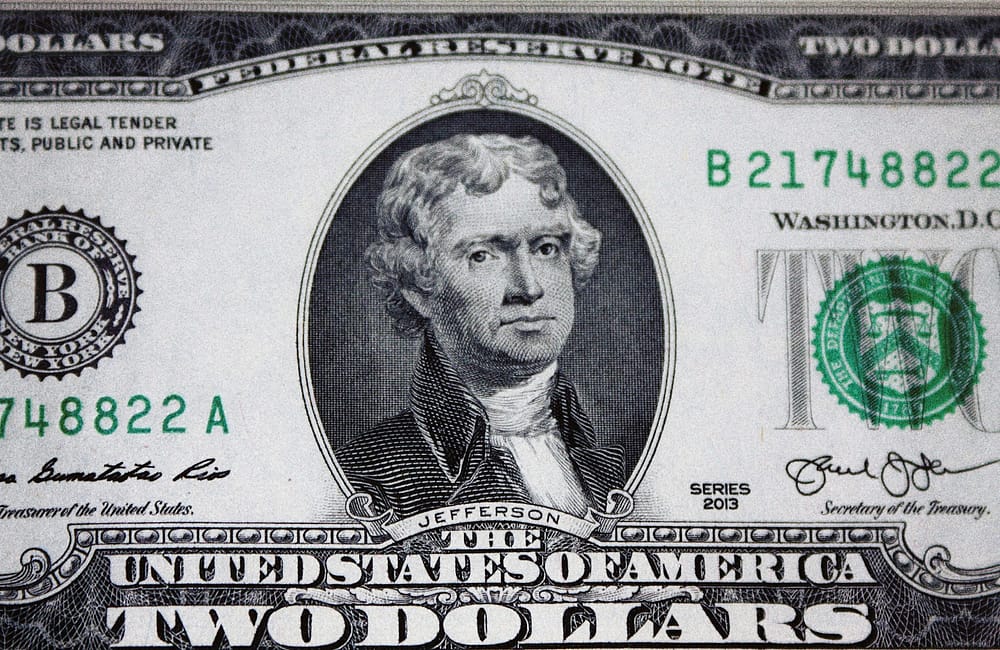How to Run an Email Marketing Campaign: A Complete, In-Depth Strategic Guide for the Modern Creator
Table of Contents
Introduction: The Unshakeable Asset in the Age of Algorithm Anxiety
Imagine this. You’ve poured your soul into building a magnificent digital empire. Your social media presence is vibrant; you’re generating millions of impressions, and your content is frequently going viral. Yet, every time you pivot from engagement to conversion—whenever you try to promote a signature product, a high-ticket service, or a mastermind cohort—the digital air thins. The platform algorithms, those enigmatic gatekeepers, shift their focus. Your organic reach plummets. You realize, with a cold clarity, that you’ve been building your mansion on rented land.
This moment of frustration is the precise crucible from which the most enduring and profitable digital strategy is forged: email marketing.
Unlike the volatile, ephemeral nature of social platforms, email marketing is your sovereign channel. It is the direct pipeline to your audience’s most private digital space—their inbox. You are no longer renting attention; you are owning the conversation. This isn’t just about sending bulk mails; it’s about establishing a 1:1 dialogue at scale.
Email marketing is the quiet, powerful engine powering successful seven-figure creators, astute digital marketers, and global enterprise brands alike. It’s a strategy rooted in permission, value, and psychological continuity.
We’re going to walk through this process, not just with surface-level tips, but with the strategic depth required to master the channel. Think of this as the knowledge transfer from a seasoned veteran, designed to equip you with the expertise to transform passive subscribers into high-value, loyal patrons.
Part I: The Foundational Strategy & Mindset
1. Decoding Email Marketing: Beyond the Newsletter
Before we touch a single piece of copy, we must redefine what we’re doing. Email marketing is not a distribution channel; it is a relationship-centric nurturing system.
The core philosophy revolves around the Rule of Reciprocity. Every email you send must deposit value into the recipient’s emotional or intellectual bank account before you make a withdrawal (a request for a sale, a click, or a sign-up).
The Indelible Efficacy of Email
The statistics aren’t just compelling; they are definitive indicators of its strategic importance:
- Unrivaled ROI: Industry benchmarks consistently show an average return on investment of $36 for every $1 spent. This level of efficiency is virtually unmatched in digital advertising.
- Lifetime Value (LTV): Email subscribers, particularly those acquired through a double opt-in process, exhibit significantly higher customer lifetime value compared to customers acquired solely through social media or paid search. They are better, more loyal customers.
- Psychological Continuity: Email provides a linear, narrative path. You can control the story arc of your audience’s journey, guiding them systematically from being a stranger to being a committed customer.
2. The Art of S.M.A.R.T. Goal Setting for Campaigns
A successful campaign is architected with purpose. Generic goals lead to generic results. We must apply the S.M.A.R.T. framework—Specific, Measurable, Achievable, Relevant, Time-bound—to ensure our efforts are channeled into high-impact activities.
| Campaign Goal (Vague) | S.M.A.R.T. Conversion Goal (Strategic) | Key Metric Focus |
| Increase sales. | Generate $15,000 in revenue from the new ‘Launchpad Course’ within a 14-day promotional window. | Conversion Rate (Email to Sale) |
| Get more engagement. | Achieve a 15% click-through rate (CTR) on the ‘Feedback Survey’ email sent to the top 20% most active subscribers by the end of the week. | Click-Through Rate (CTR) |
| Promote new content. | Drive 5,000 new unique visitors to the ‘Deep Dive’ blog post series via the weekly newsletter in the first month. | Open Rate & Unique Clicks |
Strategic Example: The Product Launch Campaign
If your ultimate goal is the Monetization of a new digital asset (e.g., a high-ticket course), your campaign must be an orchestrated Nurture Sequence.
- Phase 1: Pre-Launch Hype (The Problem/Agitation): Emails focus on the core pain points the product solves. This establishes need and resonance.
- Phase 2: The Soft Sell (The Solution Tease): Emails introduce the framework or philosophy behind the solution without giving away the entire asset.
- Phase 3: Launch Day (The Conversion Peak): Scarcity (limited spots) and Urgency (time-sensitive bonus) messaging dominates, driving immediate action.
- Phase 4: Last Call (The Fear of Missing Out – FOMO): A final, high-emotion email sent 12-24 hours before the cart closes, often featuring a powerful testimonial or FAQ.
Part II: Building the Ecosystem & Audience Segmentation
3. Ethical List Acquisition and the Power of the Lead Magnet
Your email list is your intellectual property asset. Its growth must be intentional, ethical, and high-quality. The most effective method is through a Lead Magnet—a piece of instantly consumable, high-value content given away for free in exchange for an email address.
Advanced Lead Magnet Strategies:
- The Specificity Principle: Generic eBooks underperform. A highly specific tool (e.g., “The 5-Minute Copywriting Checklist for Instagram Reels”) will convert far better than a broad one (e.g., “Digital Marketing Tips”).
- The Quick Win: Lead magnets should provide an immediate, tangible result. A template, a script, or a one-page checklist works better than a 50-page manifesto.
- The Double Opt-In (DOI) Advantage: While some marketers opt for single opt-in for volume, DOI—requiring a subscriber to click a confirmation link—is the gold standard for list hygiene and deliverability. It proves the recipient genuinely wants the content, dramatically reducing spam complaints and improving your sender reputation.
4. The Hyper-Personalization Engine: Advanced Segmentation
Sending the same email to a prospect who just discovered you and a customer who has purchased three products is a strategic failure. Segmentation is the process of breaking your homogeneous list into micro-cohorts based on defined criteria.
| Segmentation Metric | Definition & Strategic Use Case |
| Demographics | Location, Job Title, Industry. Use: Localized event promotion; content relevant to their professional vertical. |
| Purchase History | What they bought, when, and how much they spent. Use: Upsell/cross-sell related products; exclusion from promotions for products they already own (avoids frustration). |
| Behavioral Triggers | Crucial: Did they open the last 3 emails? Did they click the CTA but not buy? Use: Re-engagement sequences for inactive users; targeted abandoned cart or browse abandonment sequences. |
| Engagement Scoring | Assign a score (e.g., 1-100) based on opens, clicks, replies. Use: Prioritize your highest-score subscribers for beta testing, surveys, or premium content. |
The Power of Tagging: Use your Email Service Provider’s (ESP) tagging features to mark subscribers by their intent (e.g., interest-tech, downloaded-freebie-X, customer-level-2). This allows for dynamic, context-aware email sending.
Part III: The Operational Architecture
5. Technological Synergy: Selecting the Right Email Service Provider (ESP)
Choosing an ESP is not just a features checklist; it’s an investment in your scalability and automation infrastructure. A cheap or inadequate tool will throttle your growth through poor deliverability and limited segmentation.
| ESP Profile | Ideal User & Advanced Features |
| ConvertKit | The Creator’s Specialist. Designed for content creators, artists, and coaches. Excellent for clean segmentation (tags, segments) and powerful, visual automation funnels (visual automation builder is top-tier). High focus on deliverability for individual senders. |
| ActiveCampaign | The Automation Powerhouse. Ideal for advanced marketers and small agencies. Offers deep, complex marketing automation with ‘If/Then/Else’ logic, predictive sending, and native CRM integration for a true sales funnel. |
| Klaviyo | The E-commerce Champion. Highly specialized for online stores (Shopify, WooCommerce). Offers robust behavioral triggers like abandoned cart, back-in-stock, and post-purchase flows that are unparalleled in the e-commerce space. |
| Mailchimp / MailerLite | The High-Quality Entry Point. Best for beginners or solopreneurs focusing on basic newsletters and simple funnels. Offers great templates and high ease of use, though automation depth is more limited than the above. |
6. The Architected Sequence: Mastering Automation and Funnels
The essence of an effective email campaign is its ability to operate without manual intervention—set it and forget the execution, but never the optimization.
The Essential Automated Sequences (Flows):
- The Welcome Series (The Handshake): The most critical sequence. It has the highest open rates. Its job is to acclimate, educate, and sell the why. It should contain 3-5 emails:
- Email 1 (Immediate): Deliver the Lead Magnet, say thanks, and set expectations (“What to expect next”).
- Email 2 (Day 2): The Origin Story. Humanize your brand; share your “why” and a relatable struggle.
- Email 3 (Day 4): The Value Bomb. A high-value piece of existing content (a top blog post, video) that establishes your authority.
- Email 4 (Day 6): The Micro-Commitment CTA. A low-friction ask, like “follow me on my best platform” or “buy my $7 starter guide.”
- The Nurture/Educational Sequence: The engine that builds authority. These are evergreen campaigns teaching foundational concepts related to your niche, building trust, and qualifying leads for later promotions.
- The Win-Back/Re-engagement Sequence: Targets subscribers who haven’t opened or clicked an email in 60-90 days. A powerful final attempt to reconnect before you cull them from your list (which saves you money and protects your sender reputation). The last email is often a “We’re saying goodbye” email, which can spur a surprising number of final clicks.
Part IV: The Psychology of High-Converting Copy
7. The Human Touch and the Art of Psychological Resonance
Robotic corporate speak is the fastest route to the spam folder. Your email copy must adopt a conversational, low-friction tone, resembling a personal note from a trusted peer.
Elements of High-Resonance Copywriting:
- The Subject Line: The Deliverability Gatekeeper. This is an advertisement for your advertisement. It must trigger one of two primary psychological responses: Curiosity or Utility.
- Bad: “Our New Product Launch is Here!”
- Curiosity: “I almost didn’t hit send on this…”
- Utility: “The 3-step script that generated $20k last week.”
- Pro Tip: Use preview text (pre-header) as a secondary subject line to enhance the intrigue or summarize the core benefit.
- The Personal Anecdote (Vulnerability as Power): Start your email with a brief, relatable, and personal story that ties directly into the email’s core lesson or product. This builds intimacy and lowers the reader’s defense mechanisms. Example: “Last week, I almost deleted my entire business because I felt burnt out…”
- The One-Idea Email: Every email must have a Singular Focus. Don’t dilute your message with five different links or CTAs. Decide what one thing you want the reader to do and build the entire message around that conversion goal.
- The Formatting Imperative: Email is read on mobile, in short bursts, often standing in a queue. Readability is paramount.
- Use short sentences.
- Use 1-2 line paragraphs max.
- Use bolding, italics, and bulleted lists to break up the “wall of text.”
- Use conversational, simple vocabulary.
8. The Singular, Powerful Call-to-Action (CTA)
The CTA is the moment of truth. It must be clear, compelling, and benefit-focused.
- Bad CTA Text: “Click Here”
- Better CTA Text: “Download the Free Checklist”
- Best CTA Text (Benefit-Focused): “Unlock My Proven 3-Step Formula“
Your CTA should be included twice in a longer email: once mid-way after the value proposition, and again at the end, as a button and as a final text link. Never make the reader scroll endlessly to find what you want them to do.
Part V: The Analytical Discipline and Optimization
9. Data-Driven Iteration: Tracking the Metrics That Matter
A mature email marketer shifts focus from activity (sending emails) to impact (analyzing performance). Data is the compass guiding your optimization.
| Metric | What It Reveals & Optimization Strategy | Formula |
| Open Rate (OR) | Subject Line Efficacy and Sender Reputation. Strategy: Test subject lines using A/B testing; clean your list to remove non-openers (improves OR). | $\frac{\text{Unique Opens}}{\text{Emails Delivered}}$ |
| Click-Through Rate (CTR) | Copy/Value Proposition Resonance and CTA Power. Strategy: Test different CTA button colors, text, and placement; ensure the email content directly leads to the link’s promise. | $\frac{\text{Unique Clicks}}{\text{Emails Delivered}}$ |
| Unsubscribe Rate | Content/Send Frequency Mismatch. Benchmark: Keep below 0.5%. Strategy: Segment your list more accurately; reduce frequency or improve value. | $\frac{\text{Unsubscribes}}{\text{Emails Delivered}}$ |
| Conversion Rate | Overall Campaign Funnel Effectiveness. Strategy: Track how many clicks resulted in a purchase or specific goal completion (e.g., product page view $\rightarrow$ purchase). This is the real ROI metric. | $\frac{\text{Goal Conversions}}{\text{Unique Clicks}}$ |
| Spam Complaint Rate | The Deliverability Killer. Strategy: This is a critical indicator of poor list acquisition or highly promotional, low-value content. Ensure double opt-in and never send an email without the unsubscribe link. | $\frac{\text{Spam Reports}}{\text{Emails Delivered}}$ |
10. A/B Testing: The Perpetual Experiment
Expert email marketers are mad scientists who never stop testing. Systematically isolate one variable at a time to determine its impact.
High-Impact A/B Test Variables:
- Subject Line: Test curiosity vs. utility.
- Sender Name: Test your personal name (
[Your Name]) vs. your brand name ([Brand Name] Support). Personal names almost always outperform. - Body Copy Format: Test long-form (storytelling) vs. short-form (bullet points).
- CTA Button: Test text color, size, and most importantly, the copy on the button.
- Sending Day/Time: Test Tuesday morning vs. Thursday afternoon.
Part VI: Compliance, Hygiene, and the Future
11. List Hygiene and Compliance: The Non-Negotiables
A dirty list is an expensive liability. Cleaning your list improves deliverability (by reducing bounces and spam complaints), saves money on ESP costs, and ensures your metrics are accurate.
List Scrubbing Protocol:
- Identify and remove hard bounces immediately (permanent, undeliverable addresses).
- Flag and sequester subscribers who have not engaged (opened or clicked) in 90-120 days. Send them a re-engagement sequence. If they still don’t engage after the sequence, delete them.
Legal Compliance (CAN-SPAM, GDPR, CCPA):
- Consent: Always have explicit, documented permission (opt-in) to email.
- Identity: Clearly state who you are and include a physical business address.
- Unsubscribe: The unsubscribe link must be present, functional, and processed promptly (within 10 business days, though instantaneously is best practice).
12. The Evolution of the Inbox
The future of email marketing is moving toward Interactive and AI-Assisted Personalization.
- AMP (Accelerated Mobile Pages) for Email: Allows for interactive elements inside the email, like carousels, forms, and quizzes, without forcing a click to a browser. This dramatically reduces friction and improves engagement.
- AI-Driven Send Time Optimization: ESPs are increasingly using machine learning to predict the optimal minute to send an email to each individual subscriber based on their past engagement habits.
- SMS Integration: For a seamless cross-channel strategy, integrate SMS as a highly urgent channel for critical, time-sensitive offers or alerts, saving email for the deeper, more nurturing content.
Final Strategic Conclusion
Email marketing is the digital manifestation of your brand’s commitment to its audience.
It’s not a passive communication tool; it is an active, strategic system designed for long-term loyalty and conversion. You start with permission (the opt-in), you build on value (the nurture sequence), and you capitalize on trust (the promotional campaign).
By embracing deep segmentation, robust automation, and the authentic human voice, you transform your email list from a simple contact ledger into your most powerful, algorithm-proof, and financially viable asset.
Start simple, but build with the sophistication of an architect. This is the channel where the creator who focuses on relationships will always outperform the marketer who only focuses on transactions.
Q&A Section: Advanced Insights
Q1: What’s the single most impactful thing I can do to improve my Open Rate?
A1: Focus entirely on List Hygiene and Segmentation. Remove all subscribers who haven’t opened an email in the last 90 days. This makes your list smaller, but the ratio of active/engaged users goes up instantly, artificially boosting your Open Rate, which in turn signals to ISPs (like Gmail/Outlook) that your content is valuable, improving future deliverability.
Q2: Should I use a dedicated tool for my email design, or rely on my ESP’s builder?
A2: For content creators and marketers, always prioritize plain text or very minimally designed HTML emails. Highly graphic, image-heavy emails often trigger spam filters and slow down mobile loading. Tools like ConvertKit excel at plain, human-sounding emails that focus on copy, not complex design. Less design, more connection.
Q3: How do I handle people who click and browse, but never purchase?
A3: Implement a Browse Abandonment sequence (if your ESP allows it). If they click a link to a specific product page, tag them (browsed-product-X). Send a highly targeted email 24 hours later that addresses common objections for that specific product or offers a final, gentle nudge, like a related case study or testimonial. This is a high-conversion micro-campaign.
Hi, I’m Prince Stephen Mordi, the mind behind Voob.com.ng. I write simple, beginner-friendly guides on tech, blogging, and making money online. My goal is to help you navigate the internet without headaches—because tech doesn’t have to be complicated!

